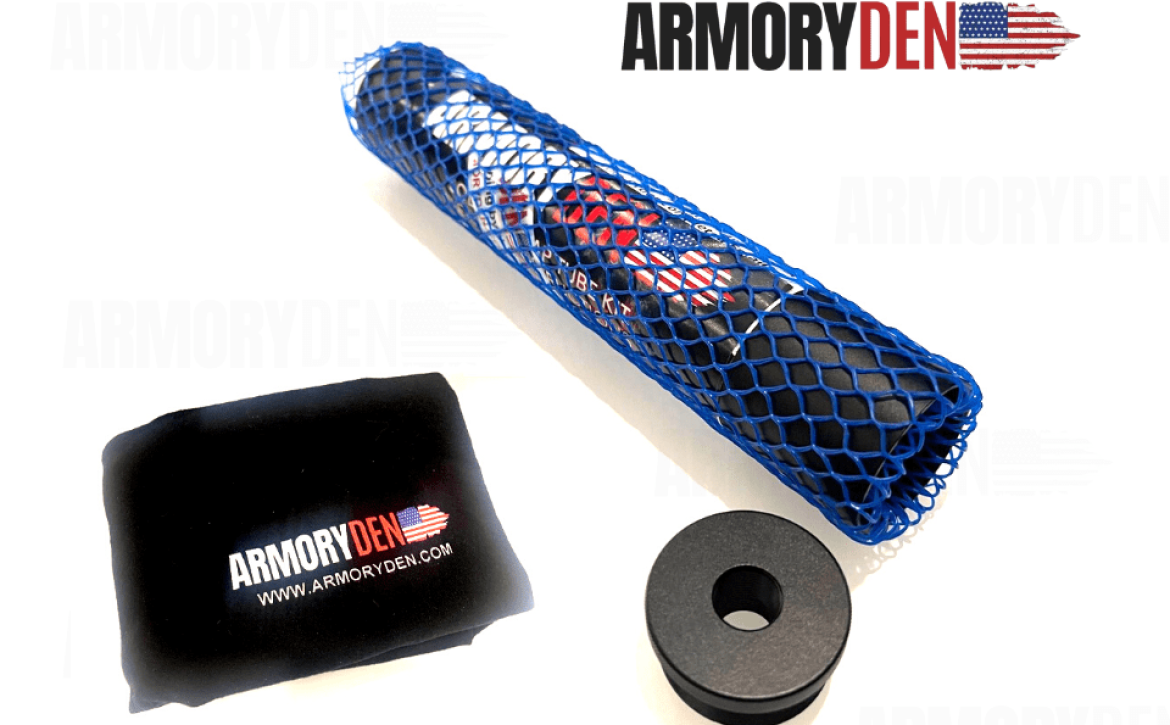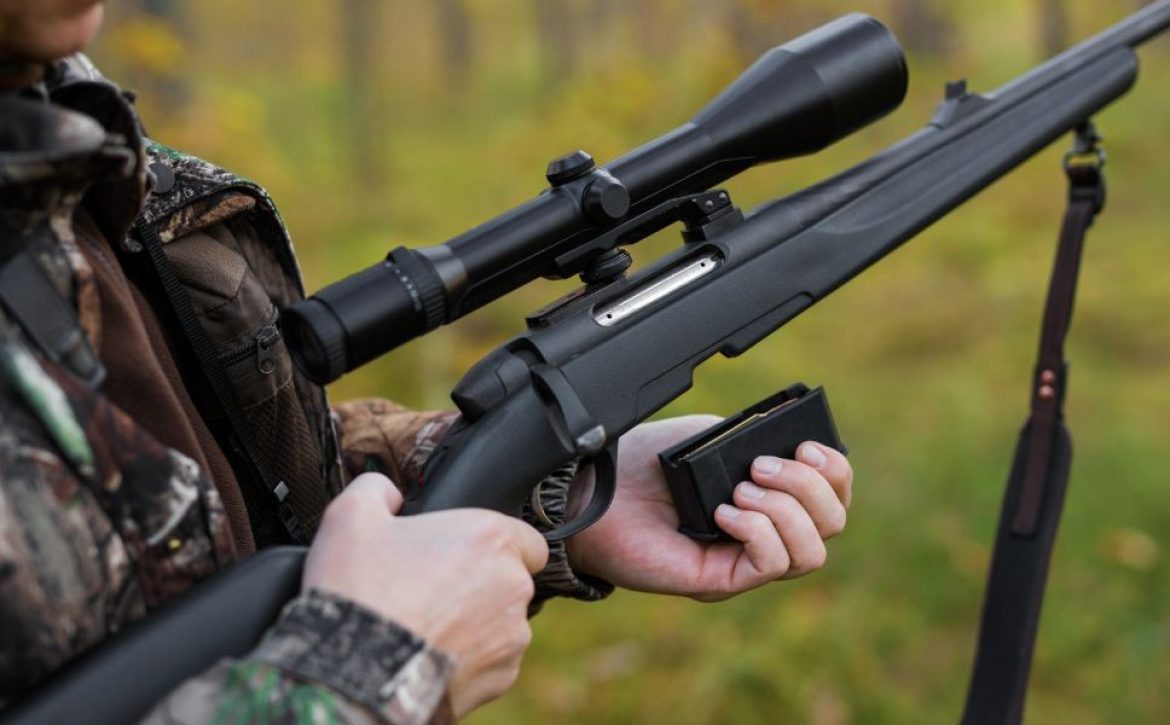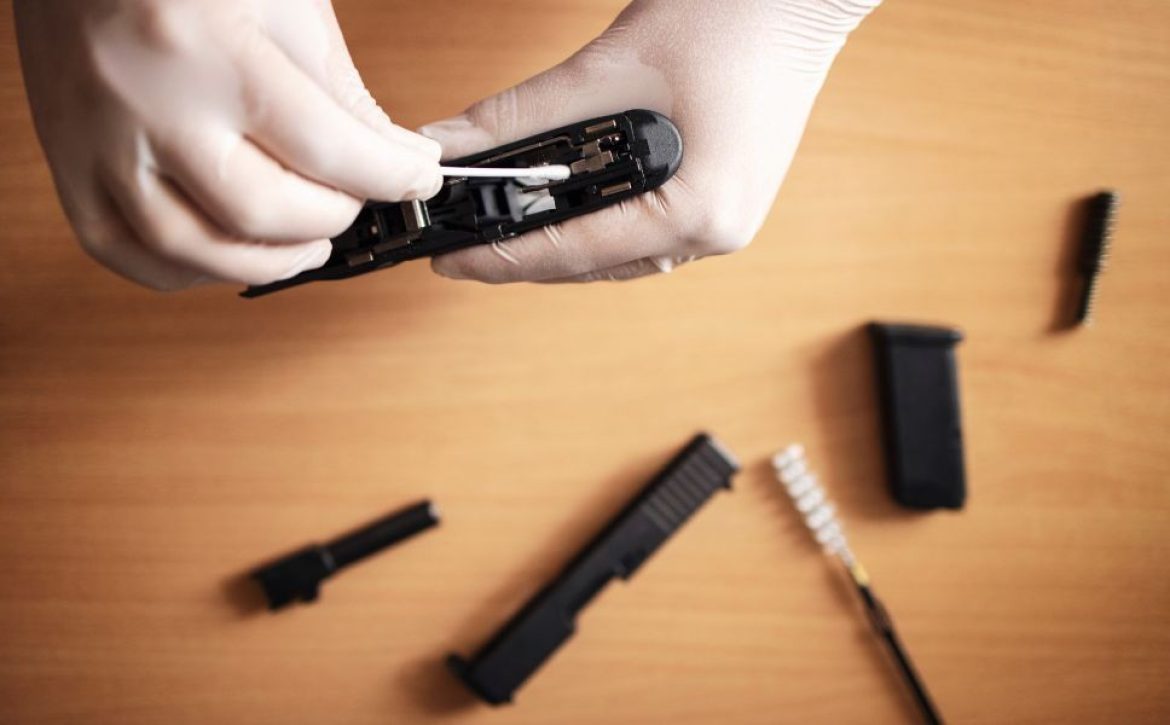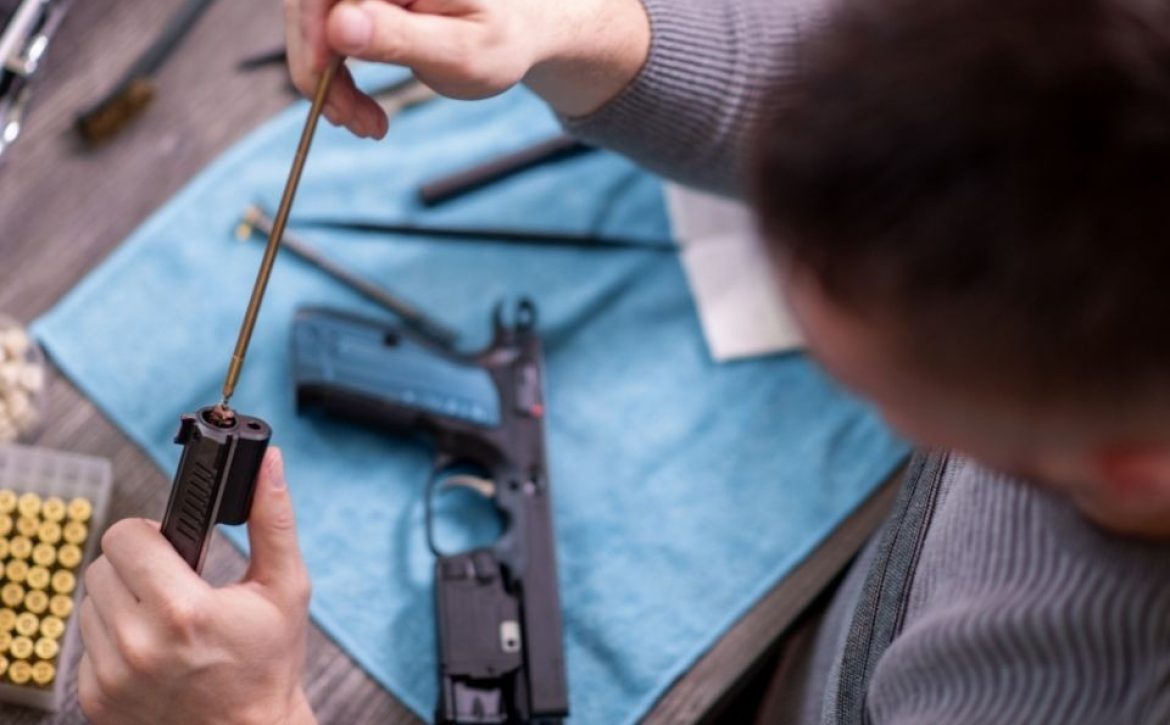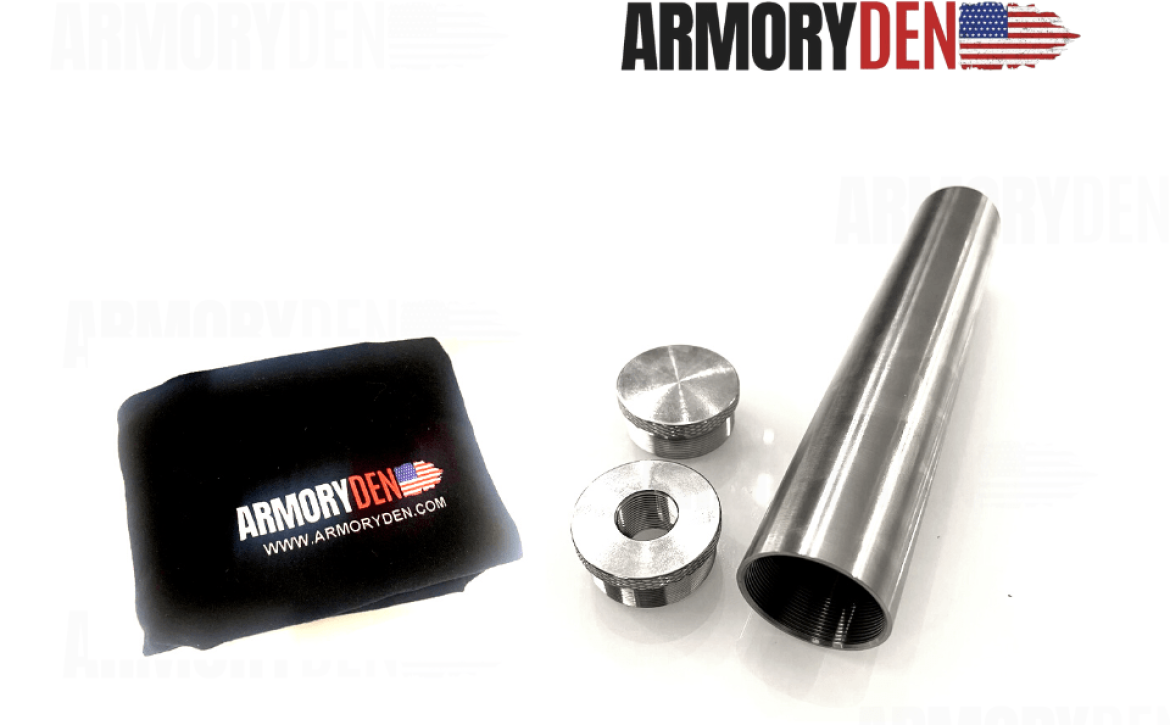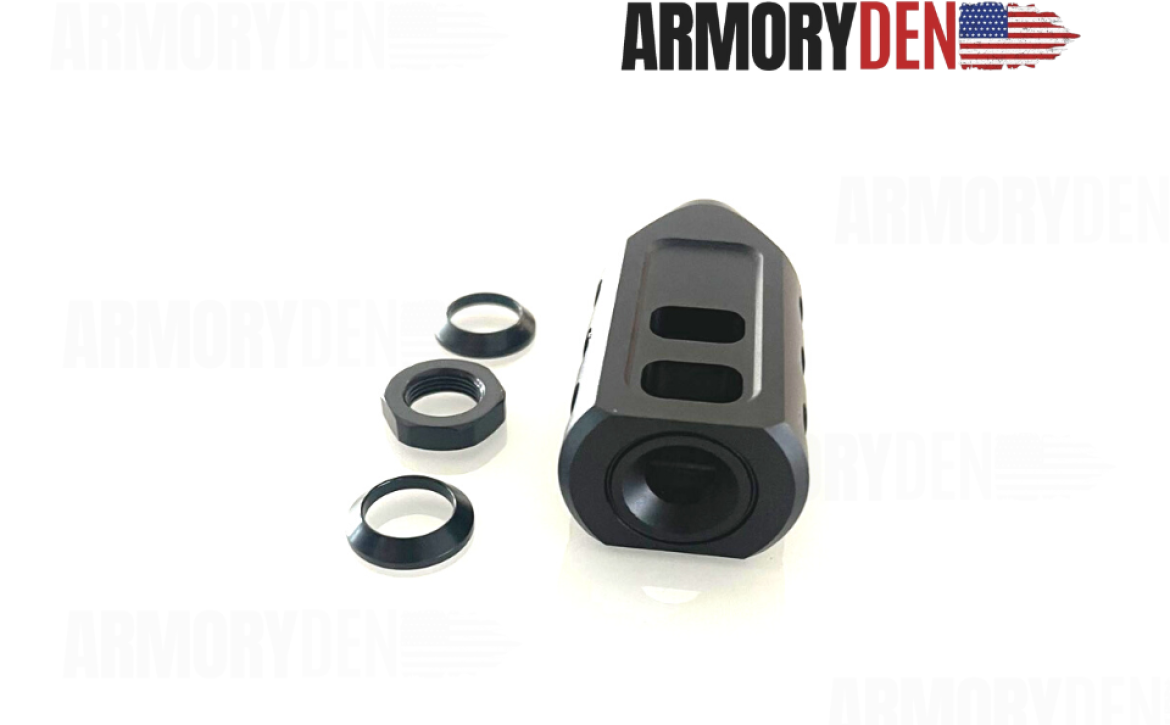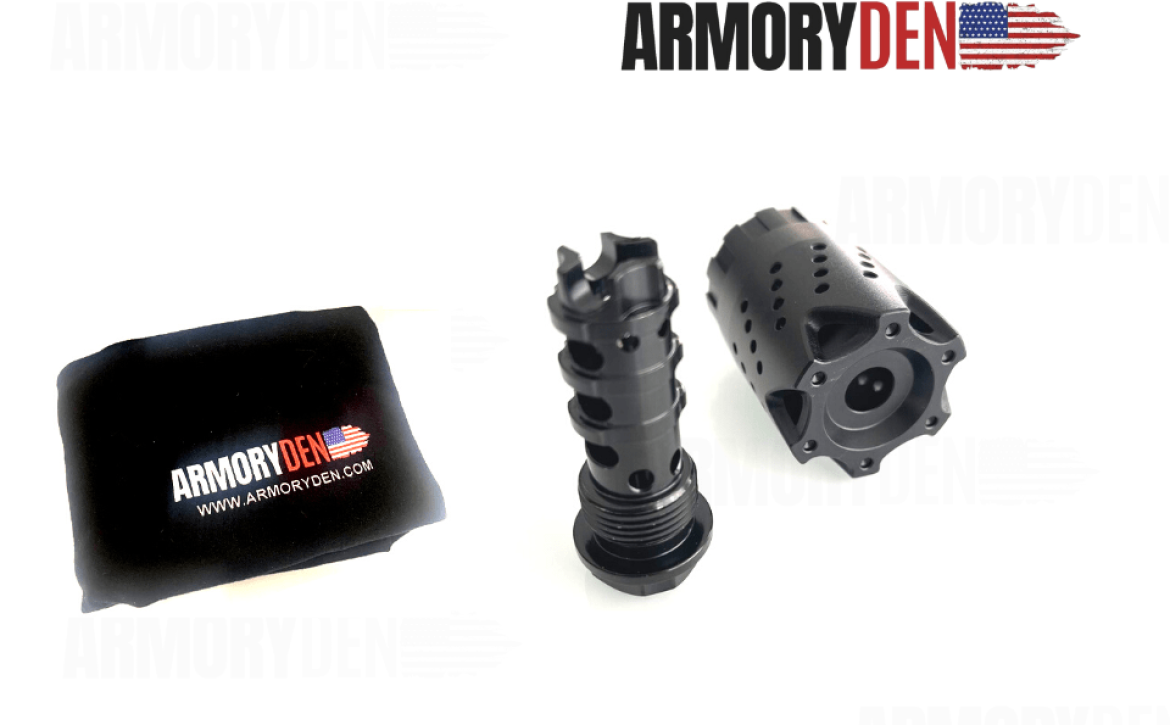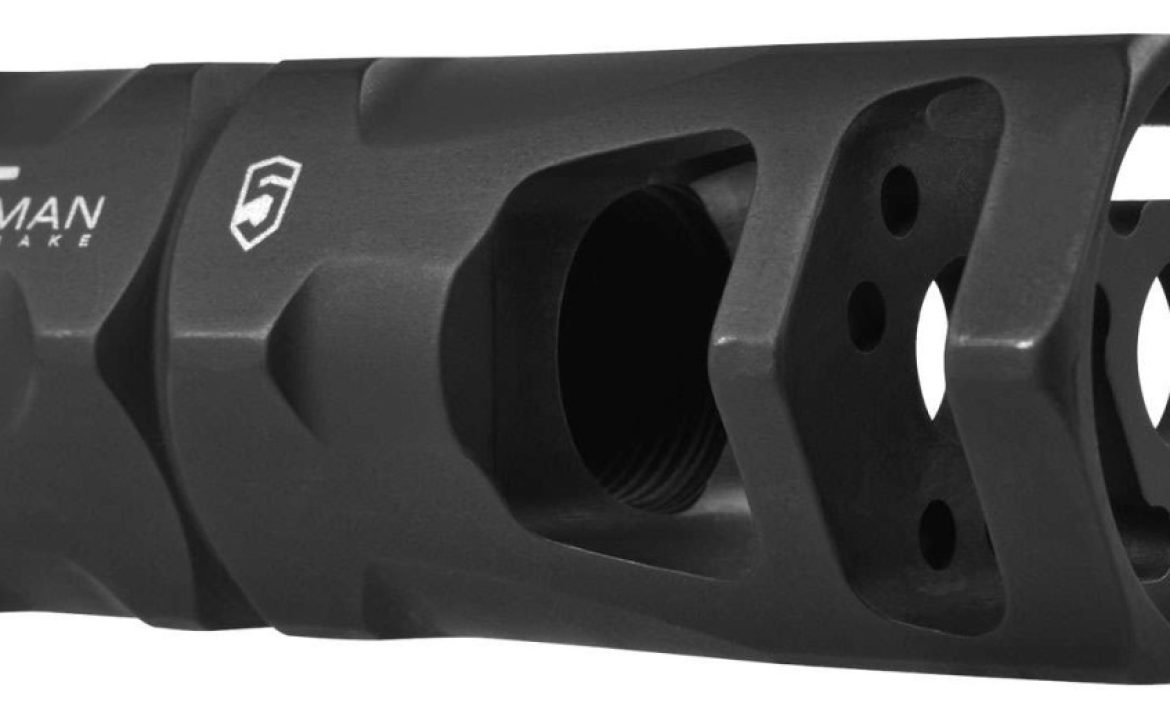The Versatility of 8-Inch Solvent Traps: A Comprehensive Guide
Solvent traps have gained popularity among firearm enthusiasts and outdoor adventurers alike. These versatile tools serve multiple purposes, from firearms cleaning to travel storage and dry storage.
In this article, we’ll delve into the world of 8-inch solvent traps, exploring their features, benefits, and various applications. Whether you’re a gun owner looking for a cleaning solution or an adventurer seeking a reliable storage option, our 8-inch solvent traps might be just what you need.
The design and use of our 8-inch solvent traps is for firearms cleaning. Cleaning your firearm regularly is essential for maintaining its performance and longevity. Our traps are designed to efficiently capture cleaning solvents and residue, ensuring a cleaner and more effective cleaning process.
The threaded design allows for easy attachment to the muzzle of your firearm, providing a secure fit during cleaning sessions. You can finally say goodbye to all those messy cleaning sessions. The solvent trap collects excess solvents and debris, preventing them from spreading onto your work surface.
8-inch solvent traps can be your reliable companion during travel and excursions. Our solvent traps are incredibly portable. They won’t weigh you down during your outdoor adventures. Whether you’re heading out for a camping trip, hiking expedition, or any outdoor activity, our solvent traps can accommodate various items. From storing matches, small tools, or even emergency supplies, their versatility shines through.
While the actual number of items you can store depends on their sizes and shapes, our provided dimensions in the ‘Descriptions’ tab will help you estimate the capacity accurately. When sealed with end caps, our solvent traps create an airtight enclosure. This ensures that your stored items remain protected from dust, moisture, and air, making them ideal for outdoor use.
For those looking to use the tube for dry storage, our 8-inch solvent traps can be transformed into reliable containers with the purchase of an additional end cap. By purchasing an extra end cap, you can seal both ends of the tube, converting it into a fully enclosed storage container. The tube’s provides ample space for various items, from documents and valuables to emergency supplies.
Whether you need to safeguard sensitive documents or keep essential supplies dry during outdoor activities, our solvent traps can withstand the elements.
The versatility of our 8-inch solvent traps allows you to customize your storage options based on your specific needs and outdoor activities. You can keep small camping essentials like fire starters, lightweight cookware, and utensils neatly packed and protected.
You can also store lighters, first aid kits, or even snack items securely in the solvent trap for easy access on the trail. Even create a compact emergency kit with essentials like matches, a flashlight, batteries, and a multi-tool, ensuring you’re ready for unexpected situations.
Heck, the solvent trap can even serve as a waterproof container for important documents, cash, or valuables when traveling. For firearm cleaning enthusiasts, you can store spare parts, cleaning brushes, or tool bits in a secure and protected environment.
Camping, Hiking and Outdoor Excursions:
| Item Category | Camping/Hiking/Outdoor Excursions |
|---|---|
| Camp Fire | Waterproof Matches, Lighter |
| First Aid | Bandages, Antiseptic Wipes, Pain Relievers |
| Food | Trail Mix, Energy Bars, Instant Meals |
| Navigation | Compass, Map, GPS Device |
| Hydration | Water Purification Tablets, Collapsible Bottle |
| Emergency Shelter | Space Blanket, Emergency Bivvy |
| Communication | Whistle, Signal Mirror, Note Pad |
| Illumination | Headlamp, Glow Sticks |
| Tools | Multi-tool, Pocket Knife |
| Personal Care | Hand Sanitizer, Tissue, Sunscreen |
| Survival Gear | Paracord, Fishing Line, Mini Sewing Kit |
Dry Storage with 2 End Caps
| Item Category | Dry Storage with End Caps |
|---|---|
| Camp Fire | Fire Starter, Tinder |
| First Aid | Medical Supplies, Prescription Meds |
| Food | Dry Snacks, Dehydrated Food |
| Navigation | Spare Batteries, Small Tools |
| Hydration | Water Storage Tablets, Filter |
| Emergency Shelter | Shelter Material, Emergency Blanket |
| Communication | Important Documents, Small Tools |
| Illumination | Spare Batteries, Mini Flashlight |
| Tools | Small Repair Tools, Spare Parts |
| Personal Care | Essential Toiletries, Personal Items |
| Survival Gear | Survival Items, Essential Gear |
Our 8-inch solvent traps are versatile tools that find applications in firearms cleaning, travel storage, and dry storage. Their compact and lightweight design, with the option to purchase end caps to seal both ends for an airtight seal to offer flexibility for various outdoor activities and storage needs.
Whether you’re a firearm enthusiast seeking an efficient cleaning solution or an adventurer preparing for your next excursion, our solvent traps provide a reliable and customizable storage solution. Just remember to ensure a secure and airtight closure with end caps for the best protection against dust, moisture, and air.
Explore the possibilities with our 8-inch solvent traps, and make the most of their versatile design to enhance your outdoor experiences and firearm maintenance routines.


